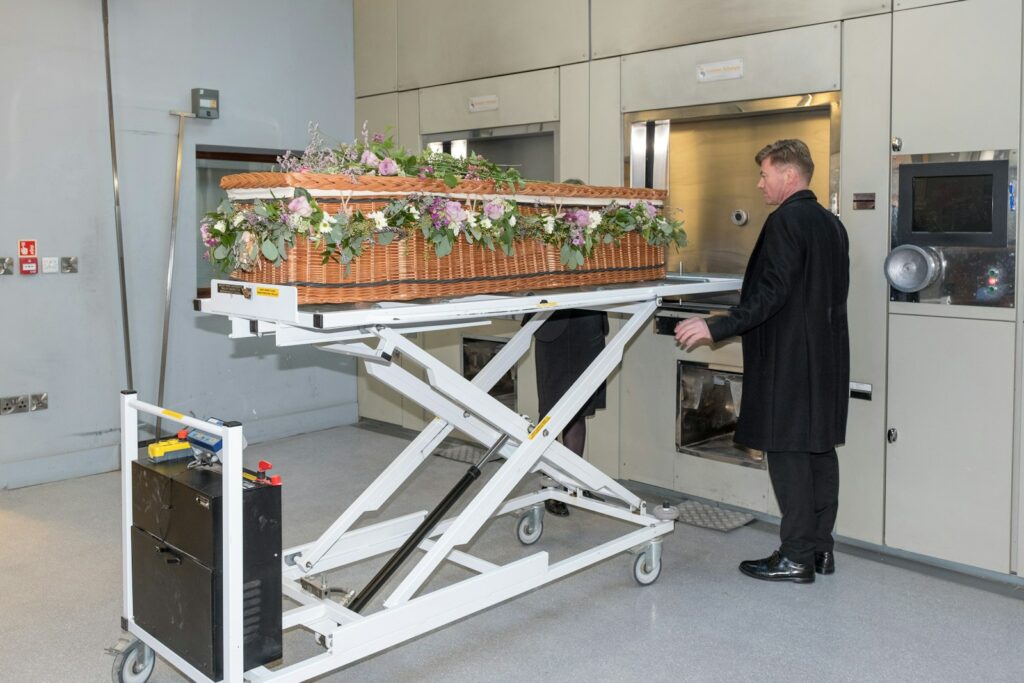Death is an inevitable part of the human experience, and over the millennia, various cultures have developed traditions and rituals to honor the deceased and provide comfort to the living. Among the many rites surrounding death, funerals and cremations are among the most prevalent. But while they are often mentioned in the same breath, the two are inherently distinct. This article delves into the nuances of both, highlighting the differences between a funeral and cremation.
A Deeper Understanding of Funerals
A funeral serves multiple purposes in the grieving process. Beyond its primary role as a ceremonial event, it stands as a public acknowledgment of the reality of death, offering a structured environment for loved ones to express grief, remember the deceased, and offer mutual support.
During a funeral, the deceased’s body is typically present, either in a coffin or casket, allowing attendees a chance to say their final goodbyes. This act of witnessing the body serves as a poignant reminder of the brevity of life and can be therapeutic for many, helping them confront and process their loss.
The customs and rituals during a funeral can vary widely based on cultural, religious, and personal preferences. Some may involve religious sermons, readings, music, or personal eulogies. The setting, too, can vary—from religious institutions to funeral homes or even family residences.
Once the funeral concludes, the deceased’s body may be taken for burial in a cemetery, mausoleum, or crypt. This is where the paths of funerals and cremations may intersect.
Cremation: An Ancient Practice Gaining Modern Popularity
Cremation, at its essence, is the reduction of the deceased’s body to ashes through exposure to high temperatures in a specialized furnace known as a cremator or retort. The process is rigorous, ensuring that only ashes and small bone fragments remain. These remains are then further processed into a fine, granular consistency.
Historically, cremation dates back thousands of years with ancient civilizations, from the Romans to the Vikings, practicing this method of disposition. In some cultures, fire’s purifying properties make cremation a spiritually significant act. For others, it might be a practical choice due to space constraints or environmental considerations.
In modern times, cremation has seen a rise in popularity for various reasons. The flexibility it offers is a significant factor. Once the ashes—often termed “cremains”—are returned to the family, they can choose to store them in urns, scatter them in meaningful locations, incorporate them into jewelry or art, or even bury them in a cemetery plot. This flexibility allows for a multitude of memorialization options that can be tailored to the wishes of the deceased and their families.
How Funerals and Cremations Intersect and Diverge
While distinct, funerals and cremations are not mutually exclusive. It’s not uncommon for a funeral service to precede a cremation. In such cases, the body is present for the funeral, often in a rental or cremation casket, and cremation follows the service.
Conversely, some families opt for “direct cremation,” where the body is cremated soon after death without a preceding ceremony. In such instances, a memorial service can occur later, with the cremains present or not.
There’s also a financial dimension to consider. Traditional funerals, especially with burials, can be expensive due to costs associated with caskets, burial plots, and other services. Cremation, especially direct cremation, can be a more economical option, making it a consideration for families working within a budget.
Honouring the deceased
Both funerals and cremations serve to honor the deceased and offer solace to the grieving. Whether one opts for a traditional funeral, cremation, or a combination of both, the core objective remains the same: to remember, to honor, and to heal. As societies evolve and individual preferences shift, the lines between funerals and cremations might blur further, but their intrinsic value in the human experience will undoubtedly persist.

